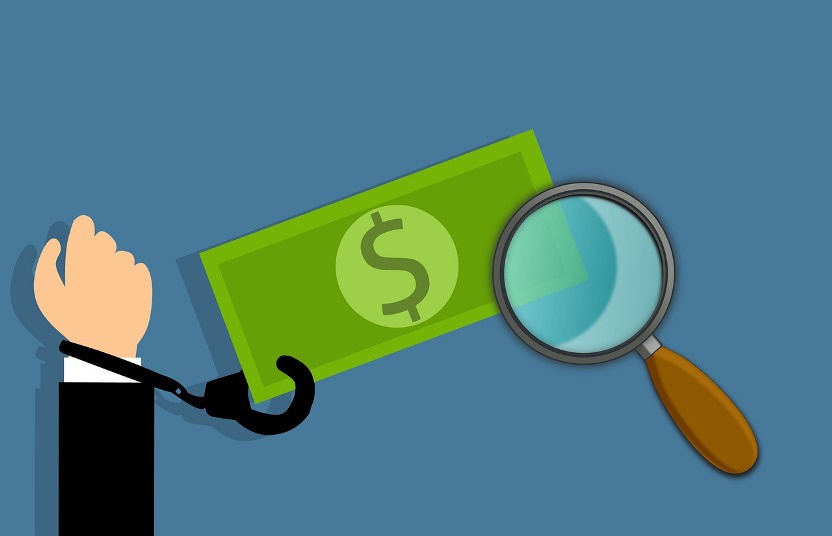
Any investment has many characteristics, depending on the person making it and the product in which it is invested. These details make each operation a world that must be carefully analyzed.
Long-term investments
However, certain variables usually apply to any such maneuver. On the one hand, factors such as the profile of the investor (which can be high-risk, conservative or moderate), performance expectations with which he feels comfortable, his socio-economic and family situation, the ability he has to save or the assets he has accumulated (here he what we expect to invest to generate equity). On the other hand, the products relate to the amount of money you want to allocate to investments and the risk tolerance of each product.
Long-term investments
These variables are related to another fundamental issue: the time you want to or can maintain fixed assets. That is, if you want to invest for the short, medium or long term. Of course, all flavors are possible, but the last of the three is the most prudent and carries the least risk.
Long-term investments are a valid option, it is difficult to predict what the market will do tomorrow, and easier to predict what the market will do in the next few years. The reason is that in the long run they will tend to average out. Therefore, the long-term reduces the risk of investment. At this point, it is worth asking what is considered a long-term investment. The most accepted definition is any investment with a maturity of more than 5 years.
Advantages of long-term investments
Why is it wiser to invest for the long term? This option is preferable for the following reasons.
If you make a mistake or suffer a loss, there is a longer time frame to adjust and correct the situation.
In long-term investments, the use of compound interest, i.e. interest earned from the profits made by reinvestment. Thanks to the theme, their investment will grow exponentially, just like a snowball rolling down a hill.
Long-term investments are less risky: the longer the capital is in the market, the more likely it is that your product will have a positive average annual return (AAR).
Investing over the long term may be easier because there are not as many variables to consider as there are in the short term. In other words, by investing for the long term, most of the news that is happening right now is just noise.
Where to invest for the long term for optimal profitability
The first question at this point is the type of asset to choose. Equities, fixed income, raw materials …… These are all things you should know if you are investing for the long term.
Investing in long-term equities
Stocks are more volatile than fixed income, but they can also provide higher returns. The primary goal of long-term investing should be profitability rather than capital protection. Therefore, equities are usually the main protagonists of a portfolio with a time horizon of more than 5 years, as long as the market allows.
In this sense, the weighting of variable income decreases as the time to recover capital approaches. In general, the older an investor is, the less variable income and more fixed income are recommended.
Fixed income, highly recommended for the long term
Fixed income is typically used for short- to medium-term investments, although as we have just seen, its weighting in a portfolio increases over time. Regarding fixed income, it should be remembered that the issuance of debt is very common between public entities (states, autonomous communities, etc.) and private entities (companies).
The debt is built with a fixed maturity and a predetermined return or with reference to certain indicators (Euribor, stock indices, etc.). If you keep the investment until maturity, the fixed income allows 100% of the paid-in capital and the promised return. Another issue is that you choose to sell before the secondary market.
Which products to invest in for the long term
Having clarified the issue of asset allocation, it’s time to choose specific investment products. These are a few options.
Betting on the stock market
Stocks can be purchased through different time perspectives. If it is long term, the potential for profit is reliable. The strategy to follow in this regard is called buy and hold and is essentially about acquiring stocks and keeping them in time.
This is a strategy that maintains value funds, for example, which invest for the long term as long as the fundamentals do not change. For stocks purchased at a given time, regular contributions can be added to increase the value position. In this way, he will take advantage of the compound interest mentioned above as an investor.
Investing through investment funds
Another classic bet for the long term is the investment fund. The great advantage of this financial instrument is that it allows private investors to use their knowledge and experience to access any asset and market through professionals.
Investment funds are an already diversified product, since they invest in a portfolio composed of different assets. It is a flexible and 100% liquid long-term investment option. In addition, they have the tax advantage of non-taxable transfers between funds. In other words, if you invest the benefits you receive in other funds, you will not pay taxes on those benefits.
Pension Plans, Long-Term Classics
In addition to what is considered a long-term time horizon (two, three, five or ten years), there is another moment to consider when preparing many investment portfolios: retirement.
A large percentage of investors do so precisely because they want to protect themselves at the end of their working life. There, as a complement to public pensions, the aforementioned pension plans emerged.
In this case, you only need to know the market and the products have favorable taxation, since they reduce the tax base of the income statement.
The biggest disadvantage of pension plans is that they cannot be made liquid until retirement or similar assumptions (death, work disability, severe dependency, long-term unemployment, serious illness, etc.).
Real estate assets
Investing in real estate assets
The real estate market has not only reactivated, but grown in ways that are once again attractive to investors. Some people buy to keep the asset itself and then sell it for a profit. But there are also those who buy an apartment and rent it out later. While it is recommended as a long-term investment, it has the disadvantage that you need to have a lot of money to use it.
Bet on other real estate
When considering real estate investments, housing is usually the first option that comes up. However, there are others, such as commercial premises or garages. As in the previous case, the location of the asset (the municipality and the area within it) is key to determining the return on your investment. Regarding parking spaces, the initial capital will be lower, but so will the possible income you can obtain.
Gold, the safe-haven value
Finally, there is a group of assets where time does not pass: gold, silver and other precious metals. Although not insured, it is one of the safest investments in the long run.
This is because it takes into account the safe-haven value in times of crisis – especially gold – since their prices tend to be more stable than the evolution of other financial assets. Gold is easily converted into liquidity, it is not subject to political fluctuations (although subject to the evolution of the dollar) and only a few of the same have a considerable value.
However, if we consider only the time perspective, the long term is the most desirable because it is the safest and it implies the greatest possibility of obtaining benefits. However, the financial strength and resistance it requires does not apply to all budgets. As with any investment operation, numbers must be entered.


